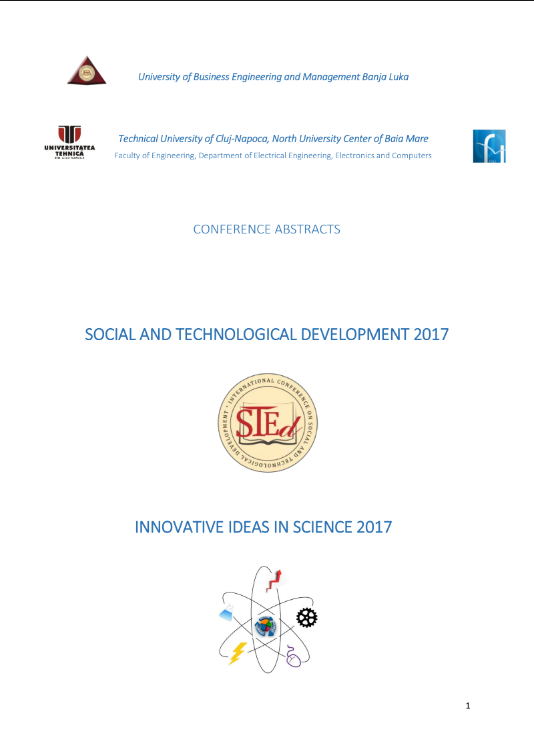
This is an open access article distributed under the Creative Commons Attribution License which permits unrestricted use, distribution, and reproduction in any medium, provided the original work is properly cited.
Waste resulting from mining activity is today one of the biggest environmental problems. The mine deposit on the Bozanta Mare site, due to the high content of heavy metals (Pb, Cu, Cd, Zn, Cr, Ni), is a difficult substrate for the installation of a vegetal carpet. Naturally, a small number of species have been installed on the soil with a high concentration of heavy metals and a pH of 4.5-5. On the surface of the pond are wood species: Pinus nigra, Robinia pseudacacia; species from the regional flora: Salix caprea, Betula pendula, Populus tremula, and grassy species. An increased interest exists in the use of mycorrhisaes in ecological rehabilitation and in the stimulation of plant growth. The purpose of this paper is to identify and supplement the scientific data on the characteristics of mycorrhizal fungus with Rubus fruticosus species. Field samples were taken from the field, comprising soil samples from the rhizosphere and from 50 cm rhizosphere; roots, for identifing the possible mycorrhizal associations. The study of the root fragments in the Zeiss stereo microscope, Stem C2000 with camera, revealed regions with mycorrhisaes, at the II level of the radicles by thickening of the distal extremities and the presence of the mycelium, which substitutes for the absorbent cells of the roots. The colored microscope sections revealed the presence of the arbuscular mycorrhisal of Glomus sp. The presence of fungi colonies in the rhizospheric soil may be associated with the Rubus fruticosus studied. From the proximity of the roots of the species Rubus fruticosus we identified three species of fungi: Penicillium sp., Aspergillus sp. and Rhizopus sp.
The statements, opinions and data contained in the journal are solely those of the individual authors and contributors and not of the publisher and the editor(s). We stay neutral with regard to jurisdictional claims in published maps and institutional affiliations.